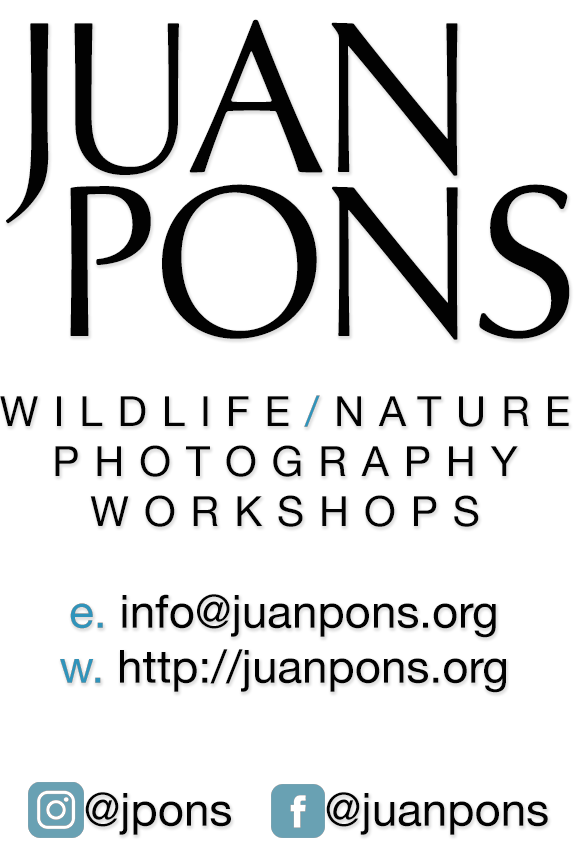Pumas in Patagonia
April 17 – April 26, 2025
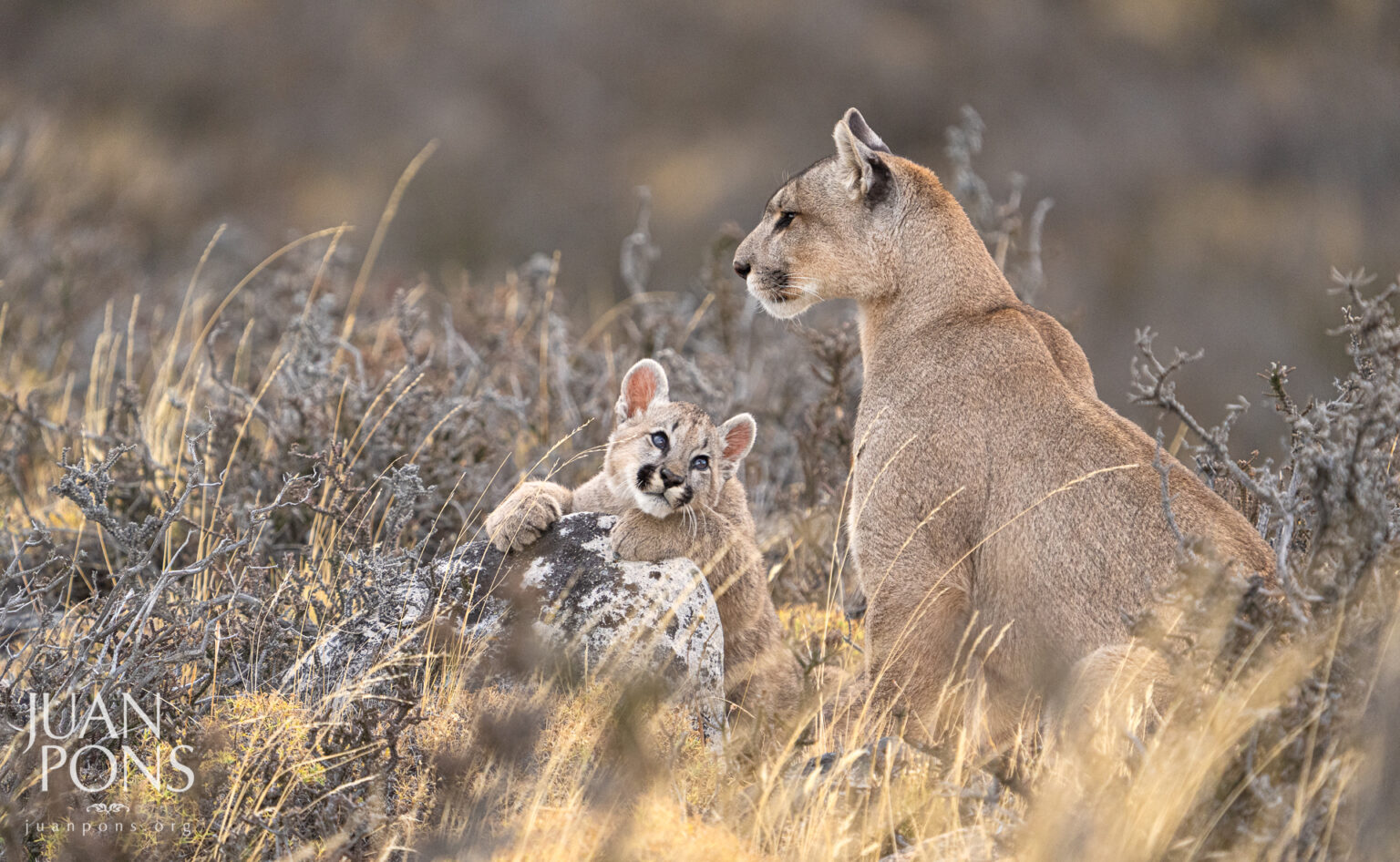

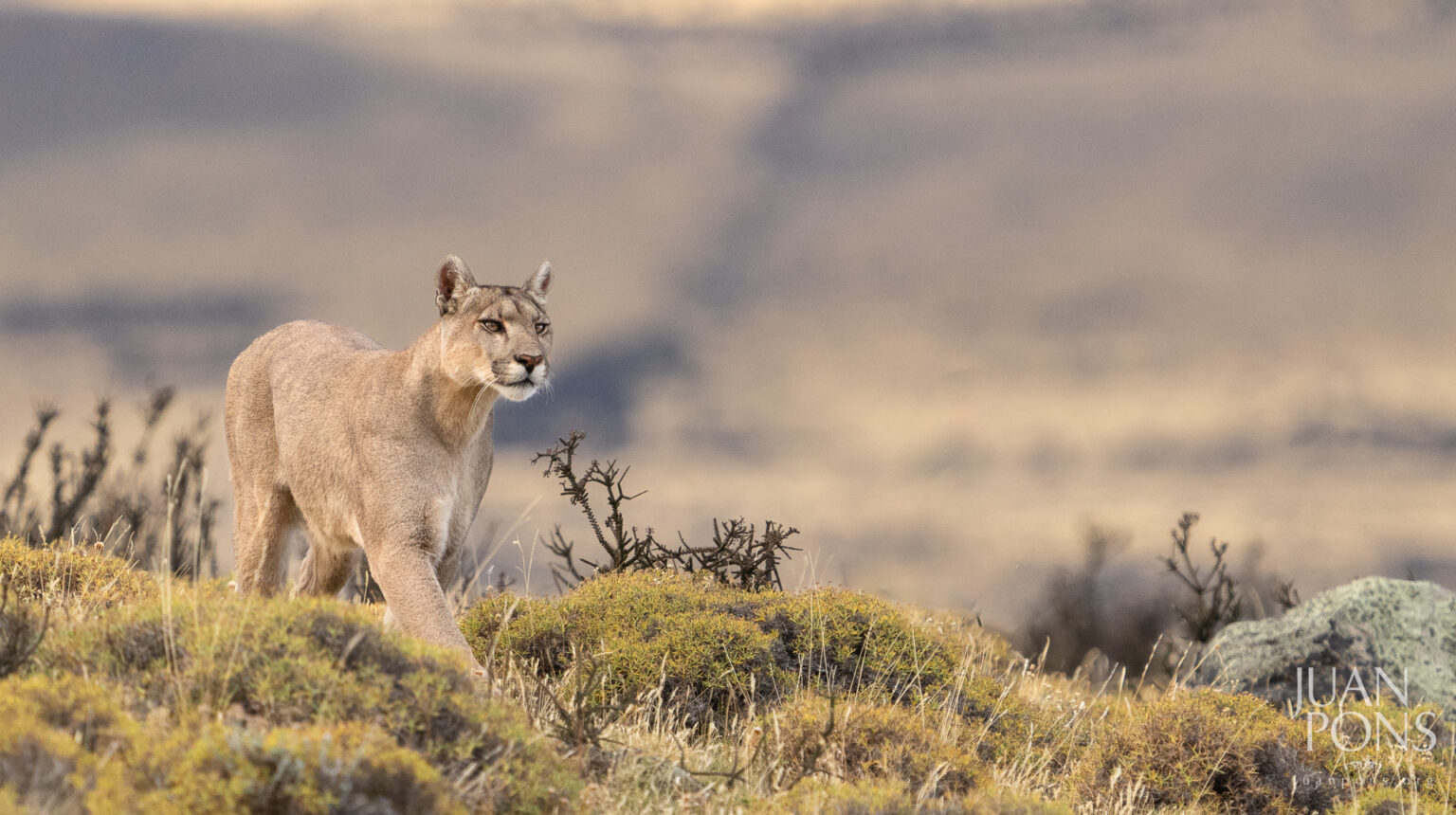
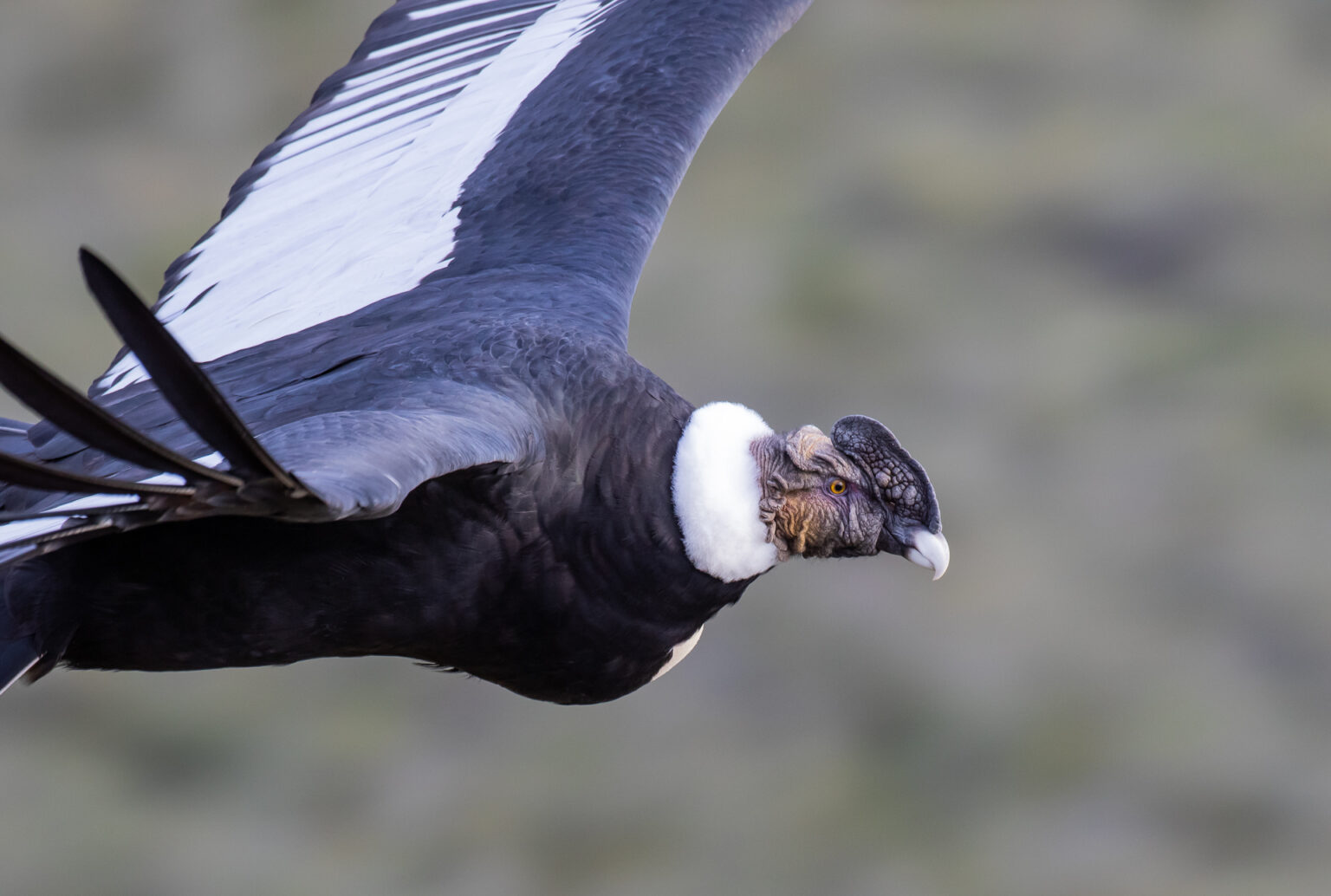
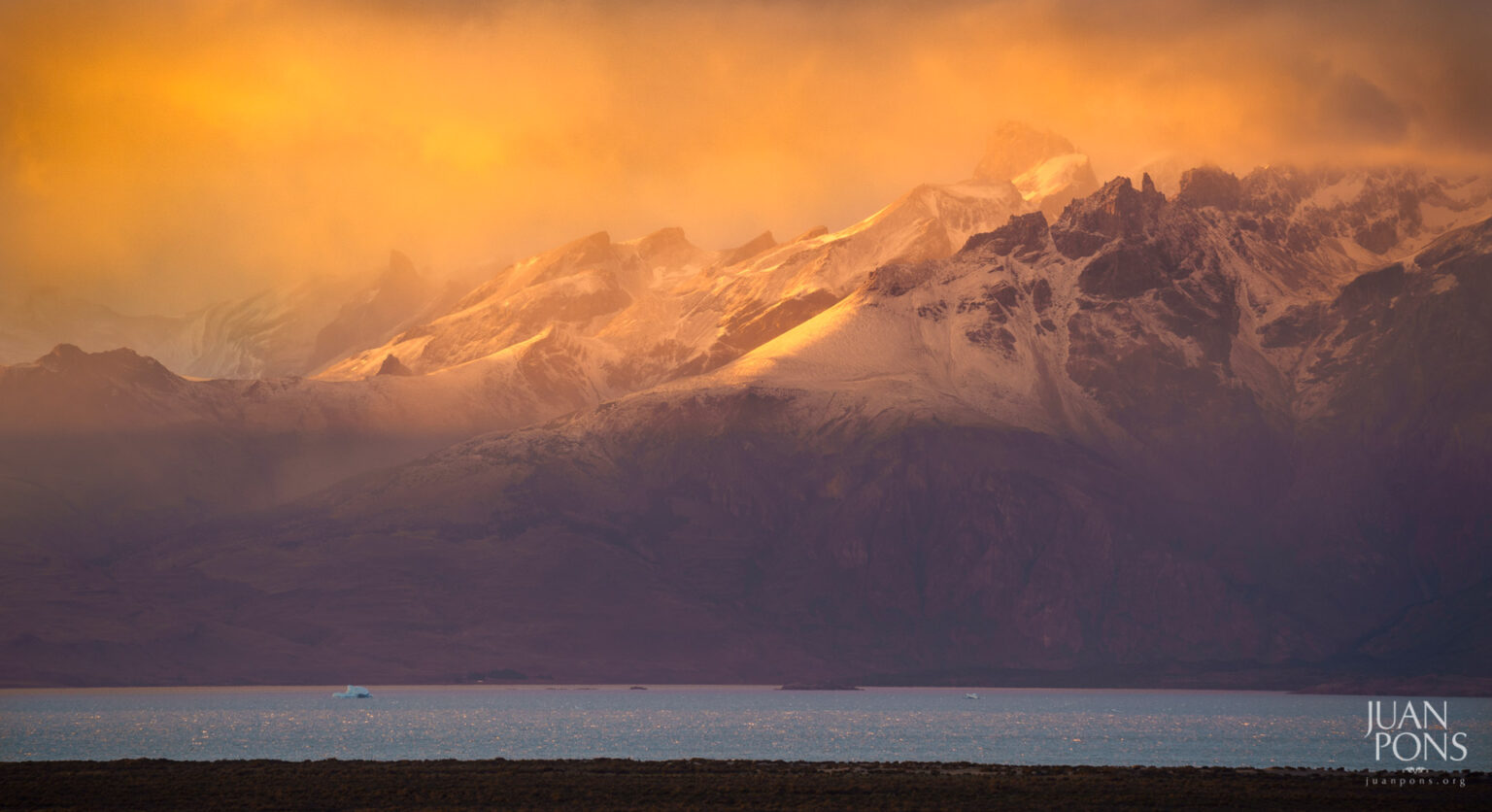
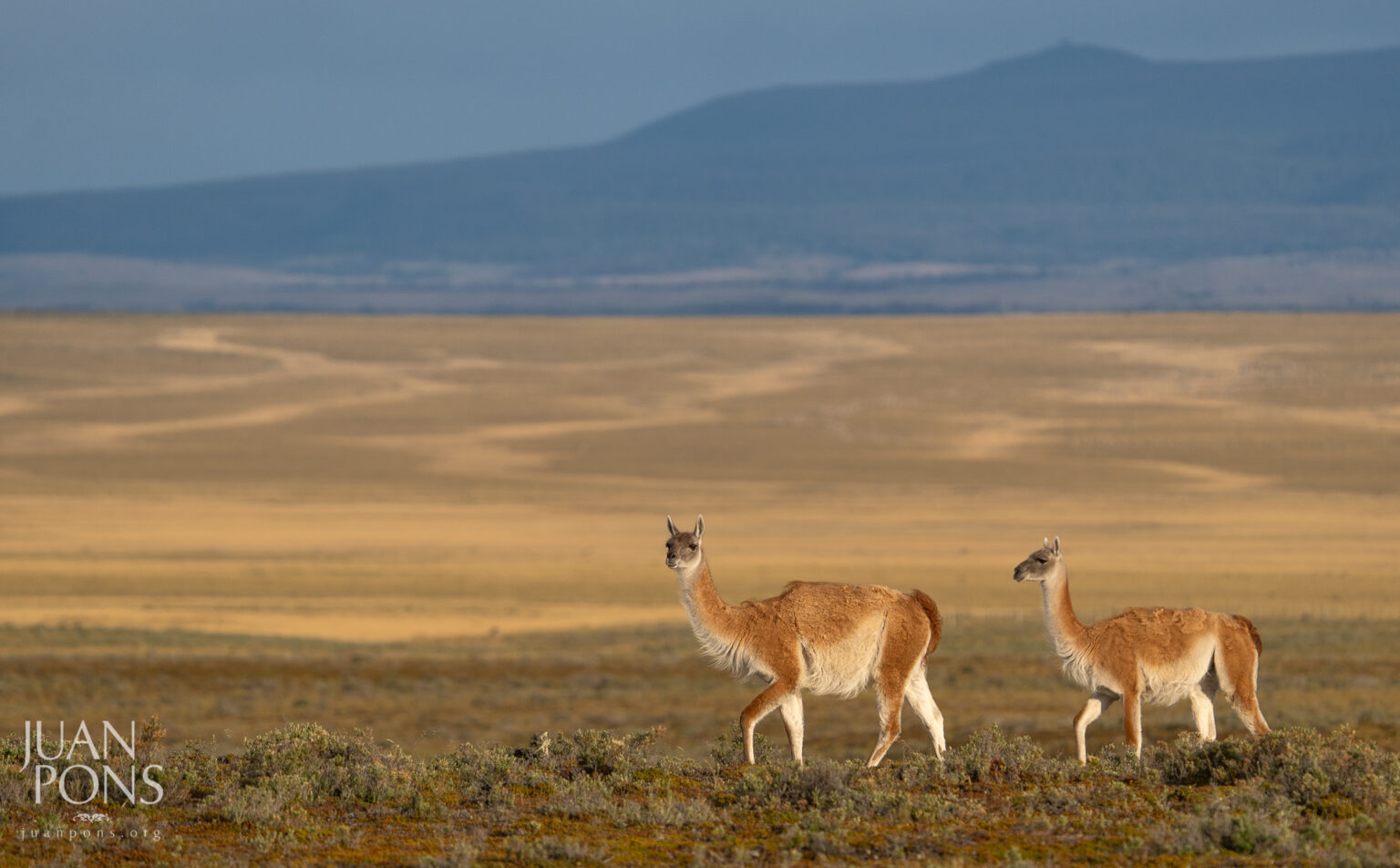
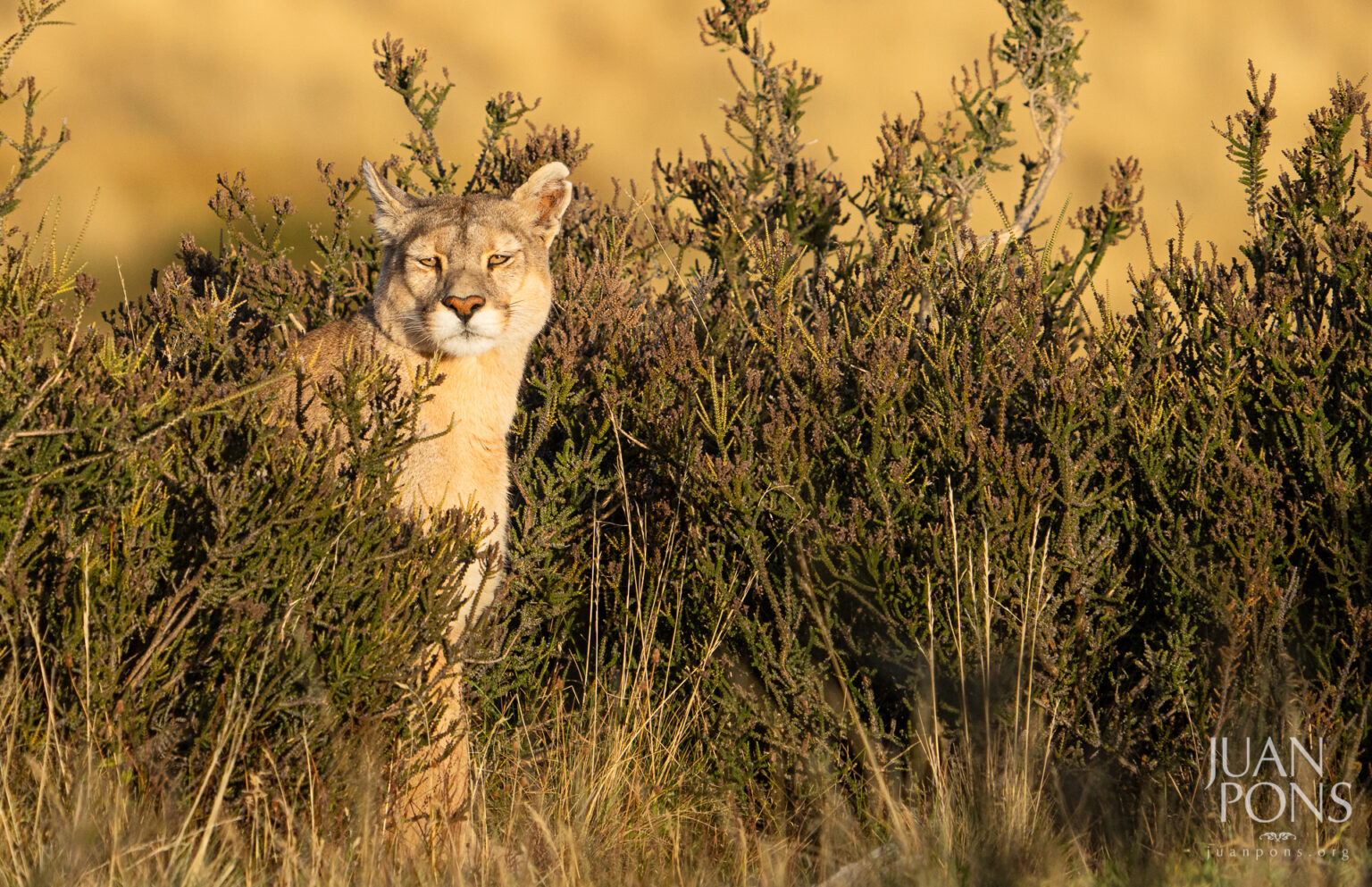
Dates:
April 17 - April 26, 2025
Your Pros:
Juan Pons
Tuition:
$10,995 USD
Location:
Torres del Paine NP, Patagonia
Fitness Level:
Moderate to Strenuous
Availability:
Sold Out
Dates:
April 17 - April 26, 2025
Your Pros:
Juan Pons
Tuition:
$10,995 USD
Location:
Torres del Paine NP, Patagonia, Chile
Fitness Level:
Moderate to Strenuous
Availability:
Sold Out
Journey to The Edge of The World
Experience the striking beauty of Patagonia while scouting one of the most spectacular and elusive species this region hosts on an epic 7-day wildlife photo adventure. Our group will enjoy a full 4 days photographing and tracking pumas, as well as an outing to photograph Andean Condors, and a day touring this impressive region by boat, passing by glaciers in the shadow of one of the most iconic ridgelines on earth.
Torres del Paine National Park boasts the highest concentration of pumas in the Americas, and, subsequently, the highest probability of sightings, with an estimated 50 to 100 pumas in the area. Our extensive trip itinerary allows us the most immersive experience with this sought after species.
As the leaves change color and the temperatures cool throughout the region, Torres del Paine in autumn transforms into a canvas of warm autumn hues amidst dramatic alpine backdrops. Led by professional outdoor photographers and local guides with extensive experience in the region, this workshop will take you to the most picturesque locations to capture the South American cougar and the diverse ecosystem it explores as its habitat.
The puma’s presence is essential in the region, as they regulate a balanced ecosystem. While they control the population of prey, pumas also provide food for scavengers, such as the Andean Condor, and other wildlife we hope to spot. The rocky landscape allows this elusive species to shelter between rocks and boulders and remain camoflauged while hunting, and, if we’re lucky, we may witness a puma’s hunt for its favorite food- the guanaco.
April in the Southern Hemisphere is during the fall season, and there are a few reasons our team has chosen to visit at this time. Firstly, we will avoid the infamous winds that plague the region during earlier months, and, even more importantly, avoid the busy roads and summer crowds that gather to view these pumas. Ideally, our visit coincides with more tranquil conditions, and the wildlife are more inclined to venture closer to the roads and in view of our awaiting cameras. Lastly, we’ve chosen April to visit to also experience the fall foliage change across this dramatic environment.
Throughout the workshop, you will learn how to compose compelling images, work with the weather and lighting conditions to take full advantage of the environment, and master the technical aspects of photography. Whether you’re a beginner photographer or a seasoned pro, our experienced instructors will provide personalized instruction and guidance to help you improve your skills and take your wildlife and landscape photography to the next level.
This workshop offers in-the-field instruction to best hone in your images and streamline your creative visions, as well as post-workshop image reviews and editing sessions to continue practicing skills and techniques learned on the workshop once you’ve returned home.
Sign up now to be prepared to create lasting memories and stunning photographs that you’ll treasure for a lifetime.
I believe in order to truly enjoy your experience, and to receive the most out of an adventure photography workshop, we must maintain small group sizes with a very high ratio of instructors to participants. I’ve limited this workshop to a maximum of 7 participants and 2 instructors so everyone has an optimal view from inside our vehicles, as well as easy loading and unloading when wildlife is spotted from the road.
This is a unique educational excursion, and by capping the group size, despite immense interest, our team ensures everyone gets the attention and one-on-one instruction they need to make once in a lifetime images.
My workshops are distinctive in that they’re fully inclusive– your tuition cost covers all expenses from the moment you arrive to the moment you depart Patagonia. We provide our guests the best possible accommodations, dining options, and unique educational opportunities in the region.
As workshop leaders, my team and I take your trust in our expertise very seriously. We work in tandem with the respective National Park Service of any photo locations, and always operate under the proper insurance, permits, and certifications.
You will be accompanied by Juan Pons during this workshop. Juan is an accomplished professional wildlife and travel photographer and photographic educator with a deep passion for the outdoors and conservation.
Juan and his team believe the best way to teach is by demonstrating, and to this end, we will be shooting alongside you, showing you our technique, and sharing our love and knowledge of wildlife and the landscape. However, our priority is always YOU, and assisting you in capturing your best images possible.
The biggest advantage of having small groups is the flexibility they provide for customizing and adjusting our schedule to accommodate both to the unpredictable weather and the interests of the group as a whole. This allows us to cover only those topics that you are all interested in, including:
• Techniques for creating exciting and captivating wildlife images
• Best use of your equipment
• Post-processing demos to enhance the quality of your images
• Image reviews
My workshops are fairly intensive experiences, and as such, you should not expect this to be a leisurely vacation. My goal is to capture the best images we can during our time in this remarkable location. This means there will be days we begin very early and return to our lodging very late. However, we will always have breaks and lunch rest hours.
On this workshop, you will fly into Puerto Natales, Chile (Airport code PNT) and fly out of Punta Arenas, Chile (Airport code PUQ). You should expect to receive important instructions from my team with details to secure your flights 6 months prior to the workshop.
Then, about 2-3 months prior to the workshop, you will start hearing from me and my team on a regular basis. I will provide you with a Workshop Participant Info Packet with all relevant details, as well as go over more info regarding the workshop to get you inspired and thinking about the images you want to capture during the workshop. These provided documents will list all recommended clothing, equipment, and even discounts for gear you may want to acquire for this excursion.
My assistant, Jaclyn, and I are always available to answer any questions you may have leading up to the excursion- simply call or email and we can help you as best we can.
Additionally, we will schedule a Zoom meeting 6 – 8 weeks prior to the start of our workshop. There, you can meet your fellow workshop participants, ask any questions before traveling, receive insights and recommendations for reference books, and much more.
Tuition for the 2024 workshop is $9,995 USD for double occupancy per person. If you would like to enjoy private accommodation during the workshop, that can be arranged for an additional supplement of $800 USD.
If you would like to reserve your spot on this workshop, you can do so with a $4,995 USD deposit. The remaining balance of the workshop fee ($5,000 USD) is due 120 days prior to the first day of the workshop.
Tuition for the 2025 workshop is $10,995 USD for double occupancy per person. If you would like to enjoy private accommodation during the workshop, that can be arranged for an additional supplement of $700 USD.
If you would like to reserve your spot on this workshop, you can do so with a $4,995 USD deposit. The remaining balance of the workshop fee ($6,000 USD) is due 120 days prior to the first day of the workshop.
If you are in need of a special payment arrangement, please reach out and we are happy to work with you.
• All lodging
• All meals
• All private ground transportation
• All snacks and water during daily outings
• Non-alcoholic beverages during the workshop
• All permits, fees, and gratuities
• In-the-field instruction
• Image reviews and post-processing sessions
• Creative inspiration and group camaraderie
• An unforgettable experience
• Air travel to and from Puerto Natales/Punta Arenas, Chile
• Any applicable items of a personal nature, such as laundry services and alcoholic beverages
• Travel, Medical, and Trip Cancellation Insurance (highly recommended)
• Anything else specifically not listed as included
• You are responsible for making your own flight arrangements to and from Patagonia. We will assist you with flight arrival times and departures prior to your booking. Please do not book your flight reservations until you receive explicit instructions from our team.
• Deposit is fully refundable up until 120 days prior to the start of the workshop, NO REFUNDS are permitted less than 120 days prior to the start of the workshop.
• Make sure to check the Terms and Conditions for all my workshops.
We highly recommend Travel Insurance from a reputable insurance company. I have partnered with Squaremouth, a website that allows you to compare multiple travel policies from multiple providers to choose the best one for you based on your needs and costs. Check them out here: https://www.squaremouth.com/
When photographing wildlife and nature, the key is to remain flexible and open to adjustments in order to maximize our daily itinerary as needed to observe the behavior of the wildlife and lighting conditions.
An example workshop itinerary is as follows:
Day 1: Arrival into Puerto Natales, Chile
Arrive into the beautiful Puerto Natales at any time during this day. All flights will connect you through Santiago, Chile. Our team has coordinated your private pick-up from the airport to our hotel, as well as made all hotel reservations for you, and our Chilean contacts will be awaiting your arrival.
Once the entire group has arrived into Puerto Natales, we enjoy a welcome group dinner and get a good night’s rest in preparation for our adventures to come.
Day 2: Venturing to Torres del Paine National Park
After breakfast, we depart via private vehicle to Torres del Paine National Park, the most iconic mountain range in Patagonia.
The drive provides plenty of photographic opportunities, and we will be sure to take advantage of them. We’ll be on the lookout for local species like guanaco, southern grey fox, swans, flamingoes, rhea, and Patagonian skunk among many others, all while enjoying our first views of the Southern beech forest. Our guides will provide geological origins of the rock and glacier features of the region.
Day 3 – 6: Tracking Pumas in the Wild
We have organized a very comprehensive schedule of outings scouting for pumas for four full days throughout the park. Each day, the group enjoys an early breakfast and departs in search of pumas on their hunting grounds on the eastern flank of the park and throughout the property of Estancia Laguna Amarga, where we have special granted access and an excellent relationship with the owners. The area comprised by the northern coast of Sarmiento Lake, Laguna Amarga and Laguna Azul, and is well known for holding one of the largest concentrations of pumas in the wild.
Before we arrive at our destination each day, our local guides will have coordinated with the puma trackers to determine where individual pumas are concentrating.
Our puma trackers patrol puma corridors by car and on foot, and, using this information, we will plan our 1 – 2 mile hikes inside the ranch, where we have flexibility and freedom to walk off-trail, scoping out the best vantage point to observe these cougars. These are moderate walks, so a minimum degree of fitness is required in order to be able to keep up with the group. You must be able to carry your own gear. The topography is not too demanding, but there might be differences in altitude of around 160-1,000ft sometimes, although, our group will walk at a slow and gentle pace. Our maximum elevation reached during this trip will be 1,000ft above sea level.
Pumas are normally quite active at night, early in the mornings, and late in the evenings. Our activities will gravitate around these preferred times by cats, when they are expected to be patrolling their territory, hunting guanacos and other prey, interacting with their offspring, or commuting from their hunting grounds to their dens. We will have two sessions each day, a morning session and an evening session. During the middle of the day, we will not search for pumas in order to avoid disturbance at a critical time, when they are resting, sleeping after a long night hunting. Normally, and depending on the light and condition of the day, we can continue photographing other wildlife in the park, or take some time to rest, charge batteries, download images, and get ready for the evening puma session.
Estancia Laguna Amarga’s model is very efficient in preventing overlapping among different groups of puma enthusiasts, as they limit the number of visitors on a daily basis. We will investigate our own designated areas of the ranch (which will shift every day) and concentrate on individual pumas.
Instructors and coordinators have packed lunches, snacks, and drinks for our field days. Later in the evening, the group will enjoy dinner back at our hotel or inside the park as we track the cougars.
To see a female puma and its cubs against this magnificent mountain backdrop and the big sky is one of the most magnificent wildlife spectacles in this part of the world. In the company of our local guides and puma trackers, we will follow pumas at a prudent distance with the help of binoculars and spotting scopes. The approach distance varies, but there is a 164ft rule. Sometimes, pumas are inquisitive and indulging, being very habituated to human presence. Those will be our stars, but we must respect their space; we must be prepared in advance and bring our longest lenses (minimum 400mm) in order to take advantage of our photographic opportunities.
Day 7: Exploring Patagonian Glaciers by Boat
On Day 7, we make our way in the early morning light to stunning Lake Grey. The group boards a private boat to explore colossal icebergs under the looming shadows of the surrounding mountains on our way to an astounding glacier 6 kilometers wide and 30 meters high.
We spend our entire day experiencing the raw beauty of the landscape by boat before returning to our lodging.
Day 8: Witnessing Lake Pehoe and its Surrounding Views
On Day 8, we experience a change of scenery and head out early in the morning to Lake Pehoe to create stunning landscape images of the spectacular Torres del Paine massif. Clients will find a wide variety of subject matter to focus on here.
Our final evening in Torres del Paine National Park offers an optional sunset photo outing to capture the dramatic cloud formations and striking peaks of the region once more, or clients can opt to enjoy relaxation time at basecamp with one last Pisco sours and amazing conversation with our hosts.
Day 9: Marveling at Torres del Paine and Scouting Andean Condors
On Day 9, and our final full day together, we enjoy an early start once again and return to Lake Pehoe at first light. Clients can focus on the breathtaking Towers or the Horns in order to photograph the Towers or the Horns, and work on any final creative compositions of the trip.
Later, as we head toward Punta Arenas, our departure point on the trip, we will visit the most accessible location in the world to spot and photograph the world’s heaviest flying creature: the famous and majestic Andean Condor.
The ranch we patron protects, researches, and showcases a population of 100 Andean Condors that soar, socialize, and sleep at a 20-meter-tall, vertical rock face that itself is embedded in a steep, 200-meter-high (700-foot-high) hill.
We’ll enjoy one final dinner together in Punta Arenas, with lasting memories and newfound friendships formed during our time together.
Day 10: Departure Home
On Day 10, after breakfast in Punta Arenas, guests transfer to the airport and make their way back home.
